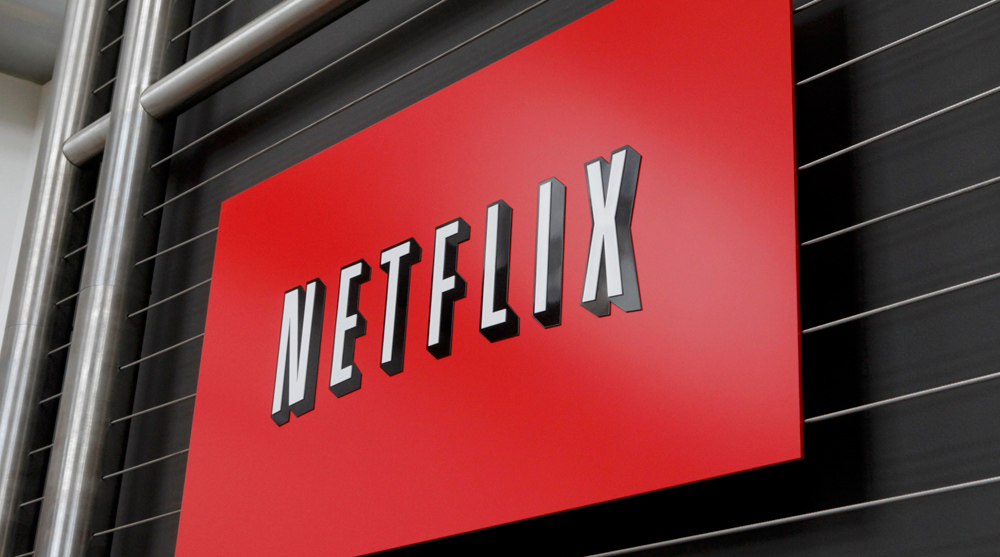For years, the decline in broadcast audiences has been sort of a mild, persistent headache for TV executives. U.S. viewership of “linear television” has been dipping at a speed of few percentage points per year: In some quarters, the drop stabilized for a spell while in others, it briefly expanded to 4% or 6%. But the Nielsen numbers from the second half of 2014 are the worst on record for a six-month period because U.S. television audience decline accelerated by a scary 7% in Q4 2014.
DON’T MISS: All the great new movies and shows you can stream on Netflix this week
Has American consumer behavior turned a corner? The problem with projecting consumer behavior shifts is that new trends can start off deceptively sluggishly, then abruptly pick up speed over a couple of quarters and leave industry analysts flabbergasted.
This happened with the transition from analog to digital mobile phones in mid-’90s, a jarring shift that doomed Motorola. It happened again with the move from feature phones to smartphones starting in 2008 after several years of industry pundits getting used to American consumers not embracing smartphones like their Asian or European peers.
Broadcast television may be now facing a similar, scary phase shift. Netflix has been making inroads among U.S. consumers for years, but its impact on the key 18-to-49-year-old demographic has so far been limited. Old habits die hard and many viewers have remained mostly loyal to habit of gorging on linear television on Thursday nights.
But the most recent numbers have some scary elements that point to a possibly massive disruption in the near term. Broadcast TV consumption among 18-to-34-year-old Americans plunged by 11% in the Christmas quarter. Ominously, audiences of young-skewing cable channels like Nickelodeon and MTV are now sliding by 14 to 17% year-on-year.
It’s always hard to draw conclusions from short-term fluctuations when it comes to television trends. Monday’s Oscar night telecast lost 15% of its viewers from 2014. Was this another warning about Americans breaking their old TV habits — or just a blip caused by hapless script writers and the fact that few people saw Birdman or Grand Budapest Hotel? Over the past month, the Super Bowl drew a record audience and Empire has delivered astonishing audience growth.
Are these signs that linear television can stage a successful comeback?
Despite some bright spots, the elephant in the room now clearly is the 20% decline in television viewing by 18-to-34-year-old viewers since 2011. The rate of decline of these Millennial viewers has sped up from a 4% annual clip to more than 10% in the latest quarter. This is the reason why the average age of the broadcast television audience has edged above 50 years for the first time ever. And that is scary indeed, because advertisers care so much about consumers under the age of 50. When a 30-year old falls out of habit of watching ABC, he may never come back and the damage done right now may reverberate across decades.
Netflix is in many ways targeting younger viewers more vigorously in now than ever before. The company just announced that its big new thriller will be anchored by the archetypal Millennial movie star Jamie Dornan and directed by the ultra-hip creator of Tell No One. Tina Fey is constructing a new comedy series for Ellie Kemper. The recent Netflix series about Marco Polo was an overt move to appeal to Game of Thrones fans. The upcoming Marvel and Zelda series are aimed squarely at the same demographic, as is the new Wachowski science fiction saga.
You could argue that linear television decline started accelerating well before Netflix rolled out its big guns aimed squarely at 28-year olds already fleeing from broadcast television. House of Cards is a better fit with older viewers and arguably, so is Orange Is The New Black.
All the same, Netflix will have the wind on its back once its new slate of Millennial-friendly original programming really cranks up next fall and winter.




